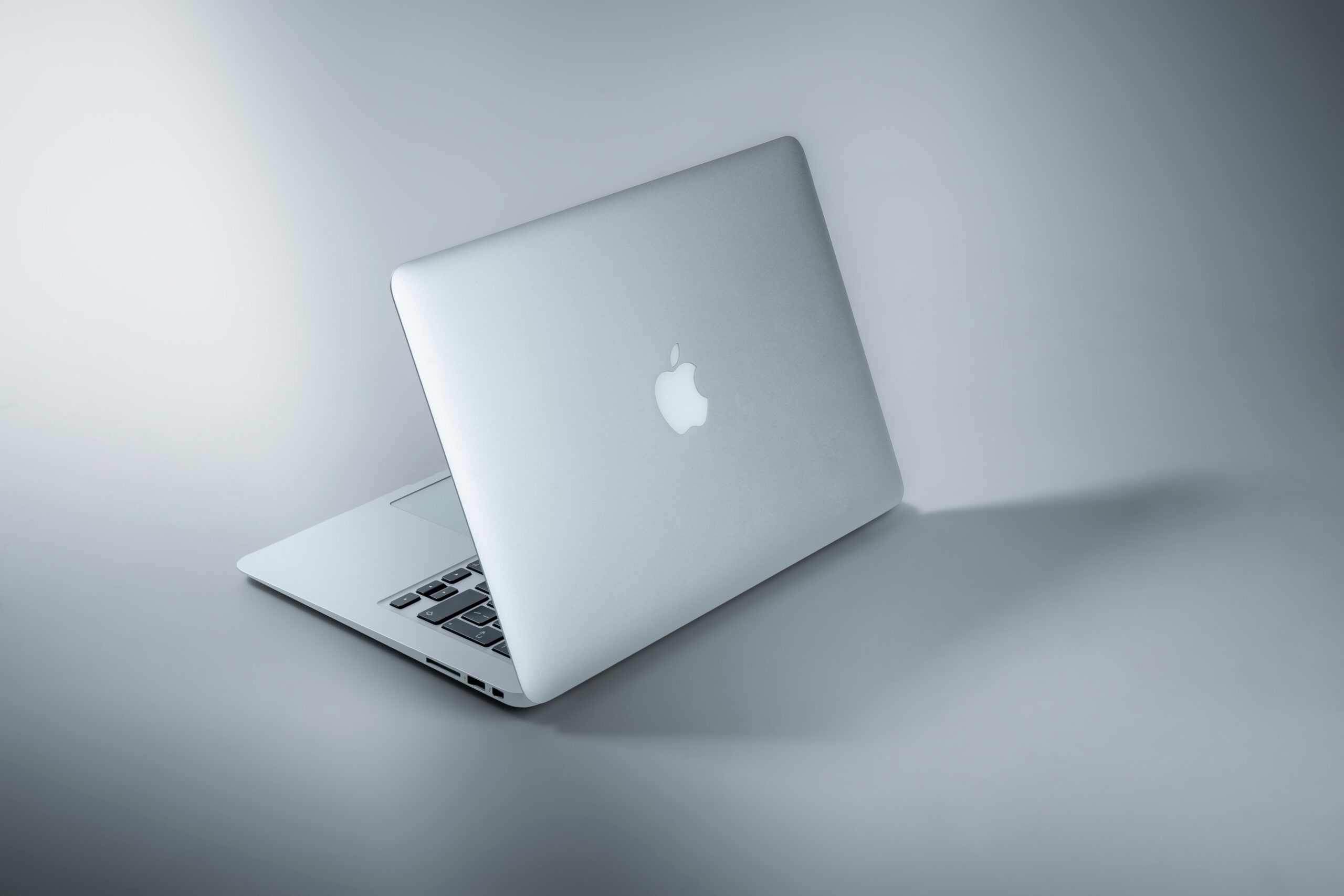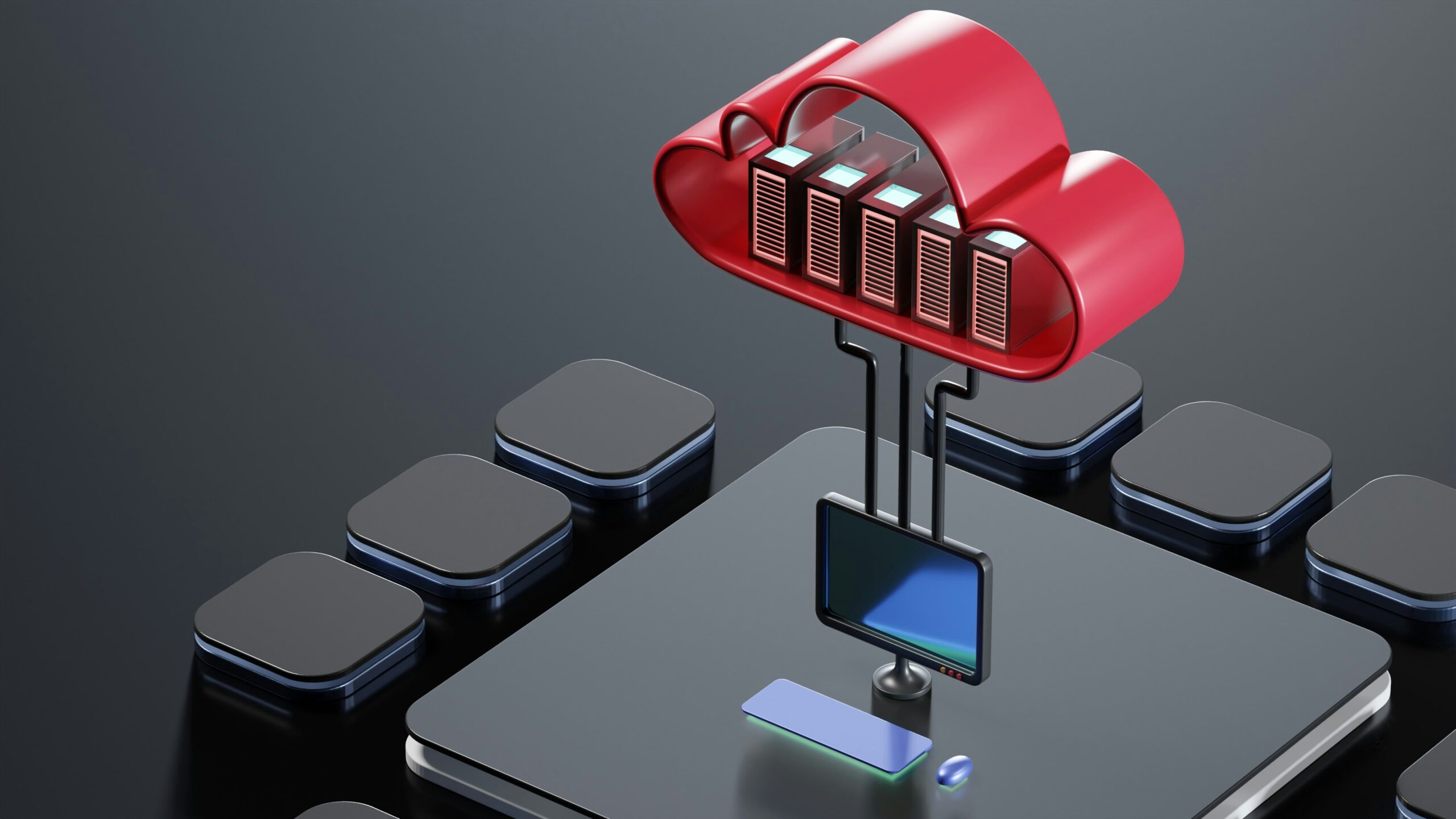
My first Mac wore.
Recently, I received a gift that left me both thrilled and perplexed: a mid-2010 model MacBook Pro, much like most products in Maldives – no warranty of course. Despite my excitement, I made the somewhat ill-advised decision to make it my primary system within a week.
While I had dabbled with Macs in professional settings, I had never actually purchased one. I believed I could accomplish the same work, which primarily consisted of open-source software development and network security tasks, on a more cost-effective machine with superior hardware.
However, the MacBook Pro’s battery life proved to be its most enticing feature, surpassing that of any regular laptop I had ever owned. This prolonged battery life made it an ideal companion for my college commute, sparing me the constant search for an electrical outlet every 1.5 hours.
Three weeks into my journey with the MacBook Pro, I began working on my college finals—a project involving the creation of an iOS app, which had been approved with a set deadline. I completed several tasks, conducted a satisfactory review, and received the college’s final green light for the project.
Then, while on my way back to the Maldives for a brief vacation, disaster struck. The MacBook Pro ceased to charge as it once did. Plugging in the charger yielded no response, and it functioned fine until the battery was depleted. In a race against time, I hastily backed up my college materials, leaving the rest of the data untouched, hoping that a new charger might revive it.
In the Maldives, there was only one authorized distributor for Apple products—Focus Computers. I brought both the charger and the laptop for inspection. Their initial diagnosis ruled out the charger as the issue, and they informed me it would take a day or two to identify the problem. When asked about the potential problem and the estimated cost, the representative initially had a heavy Indian accent but swiftly switched to a polished British one, saying, “It might cost a couple of hundred if it’s minor. It could be a bit more if it’s a major issue, but I don’t anticipate that.”
Two days later, a technician called to deliver the diagnosis: a logic board failure, a common issue attributed to overheating. I was incredulous—how could this happen when I had always used the MacBook Pro in a temperature-controlled environment with fan settings optimized? I inquired about the cost of replacing the logic board, and the technician replied, “MRF 95000 and 7 working days, as we need to import the board from Singapore.”
I was flabbergasted. “$616 just to fix a logic board?” I thought. “Are you serious, Apple?” Fortunately, my IT industry connections came to the rescue. My friend Tom, who had been a loyal client of the company, made some calls and secured a substantial discount. Even with the discount, I could purchase an entirely new computer.
Time was of the essence, as my project had a looming deadline, and I couldn’t afford to return empty-handed. I couldn’t request an extension and risk a lower grade. I needed my MacBook Pro—fast!
Exactly five days later, my laptop was repaired and ready. I asked for data backup and a fresh OS installation. When I received my laptop, it looked and felt brand new. Not only had the logic board been replaced, but it had also undergone a thorough cleaning and received a fresh OS installation, along with essential software. Focus Computers’ technicians had done an outstanding job, and I applauded their expertise.
I later learned that this model of MacBook Pro had a common issue: poor ventilation design, leading to overheating. A friend who had worked at the Apple Genius Bar even mentioned that the aluminum casing served a functional purpose: heat dissipation. Later models had parts that could be replaced more affordably and easily, without necessitating an entire logic board replacement. Sadly, I drew the short straw on this one.
In hindsight, my MacBook Pro offered advantages and drawbacks. It excelled in battery life and convenience for regular use but presented challenges for developers, particularly when installing custom apps and libraries. Moreover, the cost was a bit steep for the average user, and kernel_task’s excessive memory consumption during idle periods was a source of frustration.
Will I return to using a Mac in the future? Perhaps, if I can find a lightweight laptop with an extended battery life that runs Linux seamlessly without the typical ACPI issues. For now, considering my immediate needs, I’ll stick with my MacBook Pro and may even consider upgrading it for a few months.


